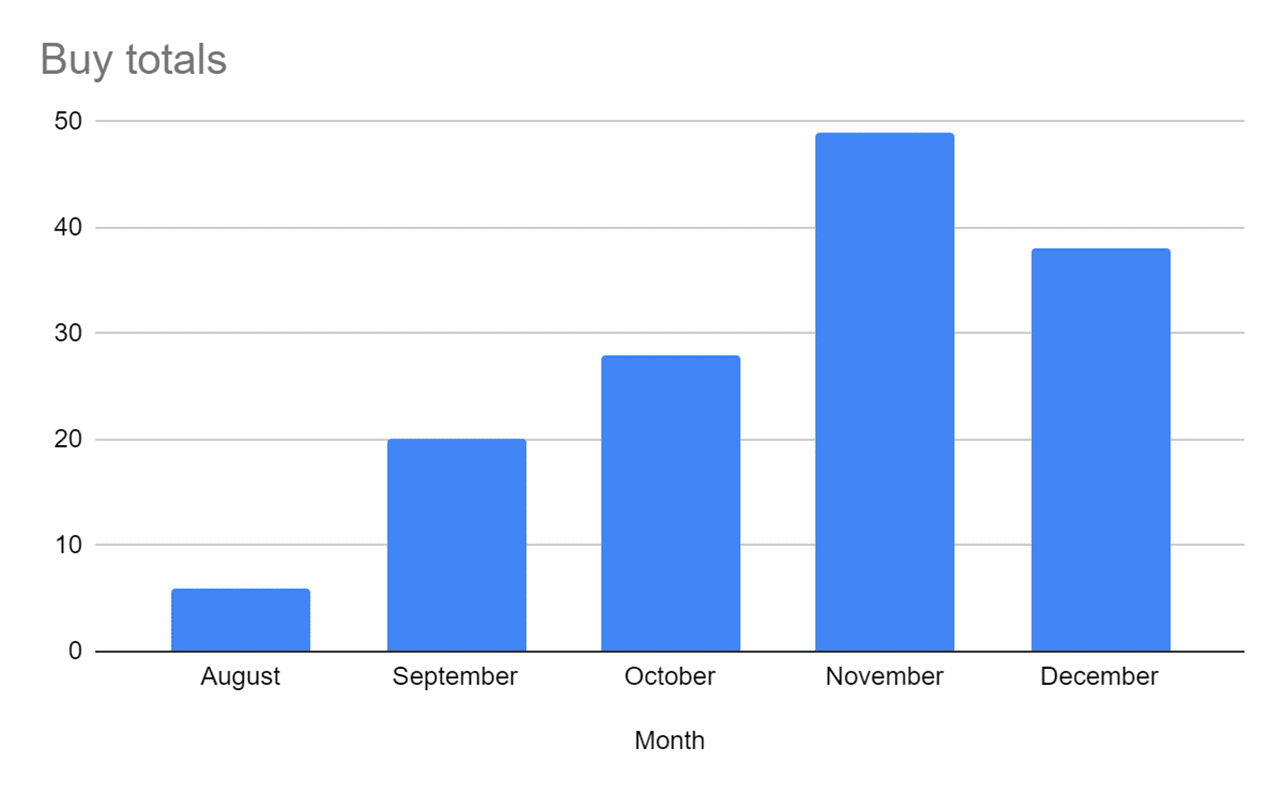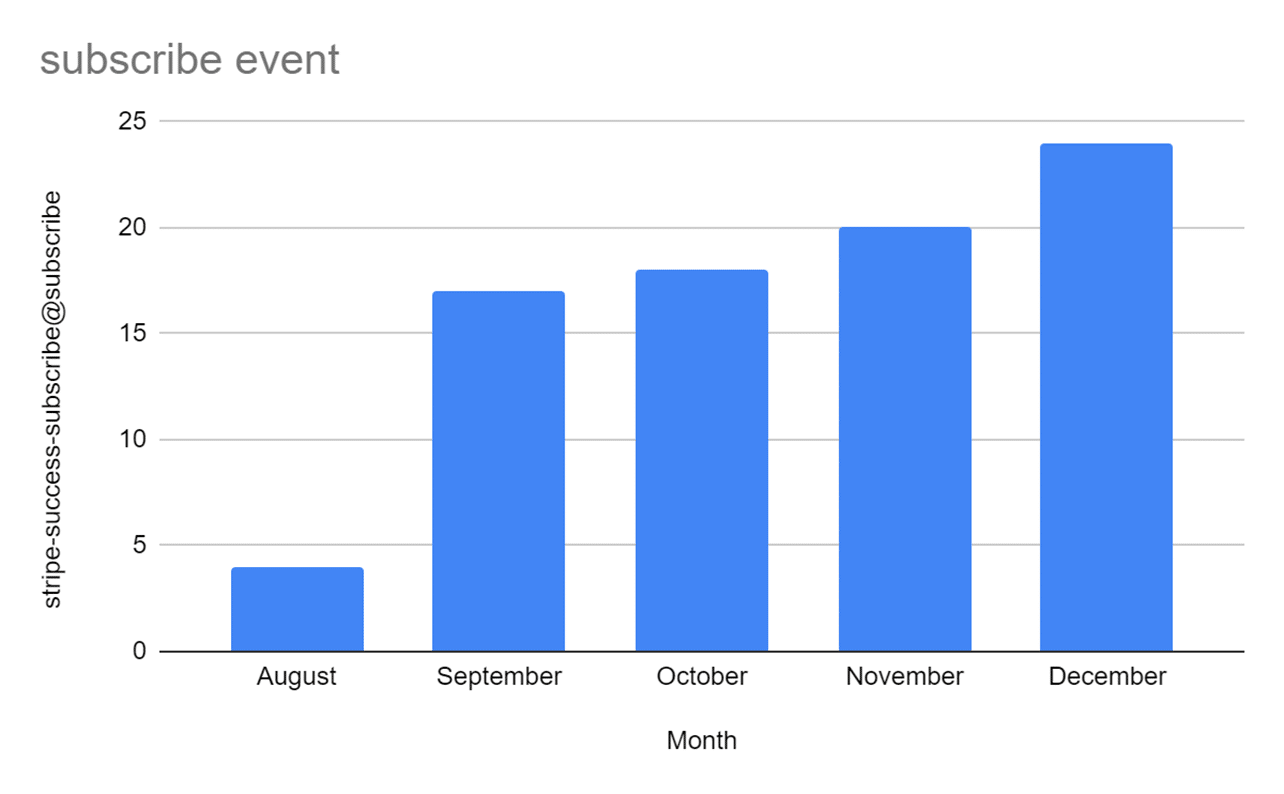Akruto, Inc was launched in 2011 in the USA. Their product is software that synchronizes Outlook mail, calendar, tasks, and notes with Android (Google) and iOS (Apple) mobile devices. After a peak in 2018, a decline of 15% per year began.
As the first step, we decided to investigate if there is any market fit for this kind of software or if it is a natural decline due to lost interest by users. Using data from Google Search Console, Ahrefs, and Google Ads, we found traffic volumes to the most relevant keywords, and it was sufficient. Going back to content, we discovered that it wasn’t updated for a few years and contained outdated information (i.e., how to use software with iPhone 6, whereas the latest iPhone has version 13). So, the site runs on WordPress, but nothing has been updated for a few years besides WordPress core files.
Sometimes the software gets erroneously flagged by antiviruses, and it takes time to clear up the false positive detection. This impacts the download/install rate.
The site has been running for more than 10 years; during this time, many different people were involved in managing it, where no guidelines and brand style requirements existed.
The software is downloadable and installable only on Windows PC. Mobile users get an error during the download. Loss of potential customers.
Implemented CTAs (Call-To-Actions) offering visitors to download/try/subscribe to software from blog article content. Before – it was possible to get more information about software only from the top navigational menu or sidebar, which led to people reading the information in a blog and closing the browser tab.
Site restructure. The site has about 1000 pages, with many different page types: software pages, user manual pages, blog pages, and legal pages – all were on the same level in the site structure. Implemented subdirectories for each content type, split blog articles into topics, edited URLs, and built a redirection map.
Edited each blog post and removed “junk” HTML code added when the copywriter copy-pasted the article from MS Word to WordPress. Set headings and paragraphs and merged/removed duplicated articles. Created brand guidelines on writing, styling, and publishing content.
Technical optimizations: no-indexed/no-followed all non-important pages (i.e.,/tag/), cleaned-up sitemap, added structured markup (for articles, local business, software), fixed broken internal and external links, ensured no headings/titles/descriptions are missing or duplicated, and more (our list contains 400+ checkpoints)
Created content strategy and a plan. There are two different running in parallel strategies: One is about publishing guides for new phone releases (Android and iOS), and another is about generic relevant keywords for informational articles.

What’s interesting, Ahrefs reports traffic growth from 2200 monthly to 5000 monthly, which is +127%

Engagement from blog content increased from approximately 10 per month to 180 in December, which is +1700%

Downloads overall increased from ~80 to ~400 per month, +400%

Sales from ~5 monthly to ~40 monthly (+700%)

Subscribes from ~4 monthly to ~20 monthly (+400%)

In 6 months we achieved a positive return on investment, and from now on, we will continue with content creation (using a content plan) and off-page optimization.